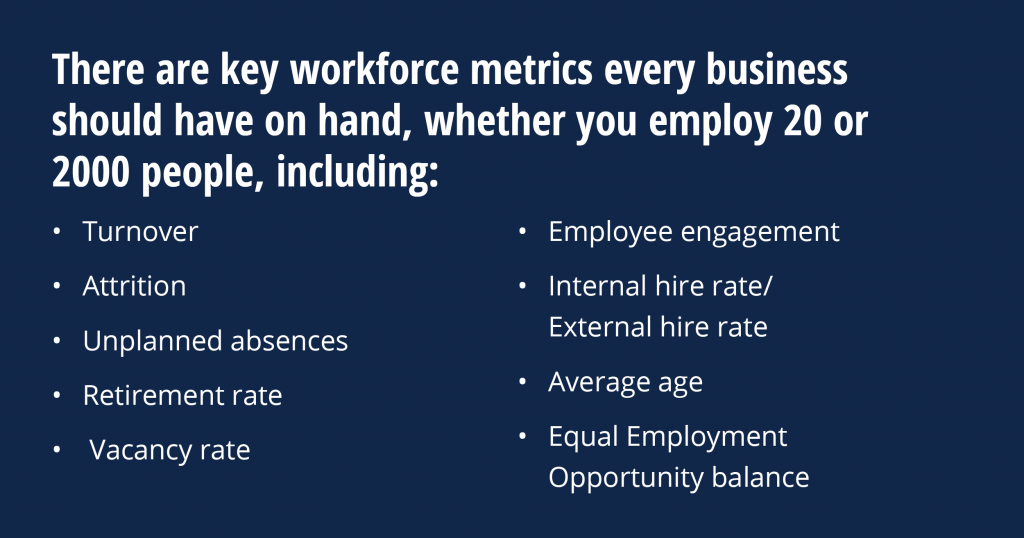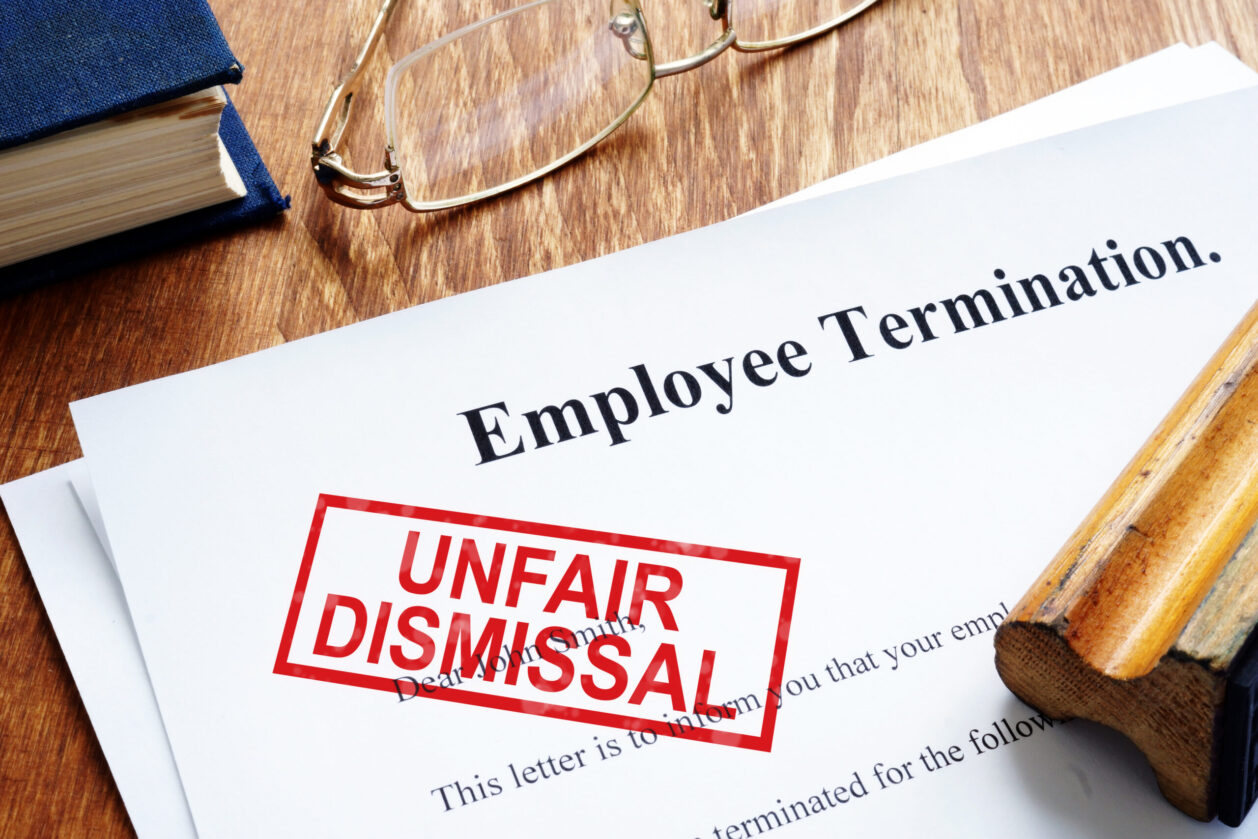Modelling your current workforce is an essential element in planning for the future.
And it’s not just about headcount.
Here are some key areas to consider when looking at workforce needs.
Workforce segmentation
Workforce segmentation helps to identify workforce gaps and, as a result, better target strategies to address these gaps.
In general, some key demographic and job information is critical, including:
- Gender, diversity groups, location, and age groups
These are common ways organisations segment their workforce. It can help tailor workforce development and HR programs. It's also critical to understanding the overall diversity of your workforce. Diversity in the workforce is more than just a nice-to-have, studies show it leads to better productivity and engagement.
- Position, jobs, competency groups and job families
Job profiling can help identify and group skills and capabilities, giving better insight into a company’s needs and ability to connect and develop supply pools for required skills.
While job and position are often used interchangeably in casual conversation, they mean different things.
A position is the specific role a person is in, whereas a job is the work that they do. For example, while a person's position may be: Secretary to the Director of Operations, Mr Smith, their job is Secretary to a Director.
A job family is a high-level grouping of positions that share similar skills, capabilities and knowledge. A single position falls only under one job family.
- Organisation units
Workforce segmentation via organisation units is a way of grouping roles according to reporting lines and organisational functions.
Workforce metrics

Apprenticeship Support Australia Manager Lena Constantine says the vacancy rate is one metric readily available to all businesses that can assist with workforce planning.
"Get a sense of how high the vacancy rate is going in particular types of skills to start to get a sense of what sort of competition is happening in the market,” she advises.
"You might see that it's going to be really hard to get an engineer, because the vacancy rate has gone up by 40 per cent. You can't predict what's going to happen in the future, but it’s about trying to get ahead of the game and plan regardless of the ups and downs of our economy."
Read more on current economic trends through CCIWA’s expert analysis.
Employee engagement metrics
Companies often underestimate the importance of employee engagement metrics.
But global analytics and advice company Gallup estimates companies with highly engaged workforces outperform their peers by 147%.
Top engagement metrics can include:
- Staff surveys. Regular employee surveys to gauge worker satisfaction.
- Absenteeism. If staff are not showing up to work, it affects the team and overall morale.
- Turnover. What is your staff turnover versus retention rate, and are you losing A-grade staff?
- Employee Health Index. This can be a weekly employee “check in” to measure a worker’s capacity for their workload and level of engagement.
- Annual leave. This is an indication of culture. Are staff taking annual leave? If they aren’t, is this because they’re overloaded and feel they can’t have a holiday?
"It's easy to get the wrong sense of employee engagement without proper surveys and research," says Constantine.
"People tend to overestimate it, but then the results flow through when they can't seem to bring down churn."
For more on boosting employee engagement see here.
- Develop a business strategy
- Scan the environment
- Model the workforce
- Identify the skills gaps
- Develop a workforce strategy
- Implement the workforce strategy
- Monitor and report
Click on the links to explore CCIWA's workforce planning model.






